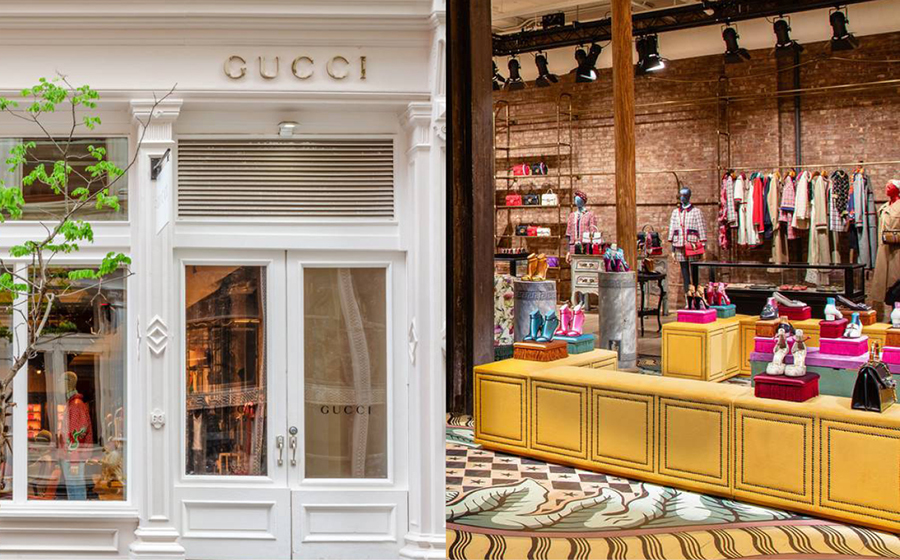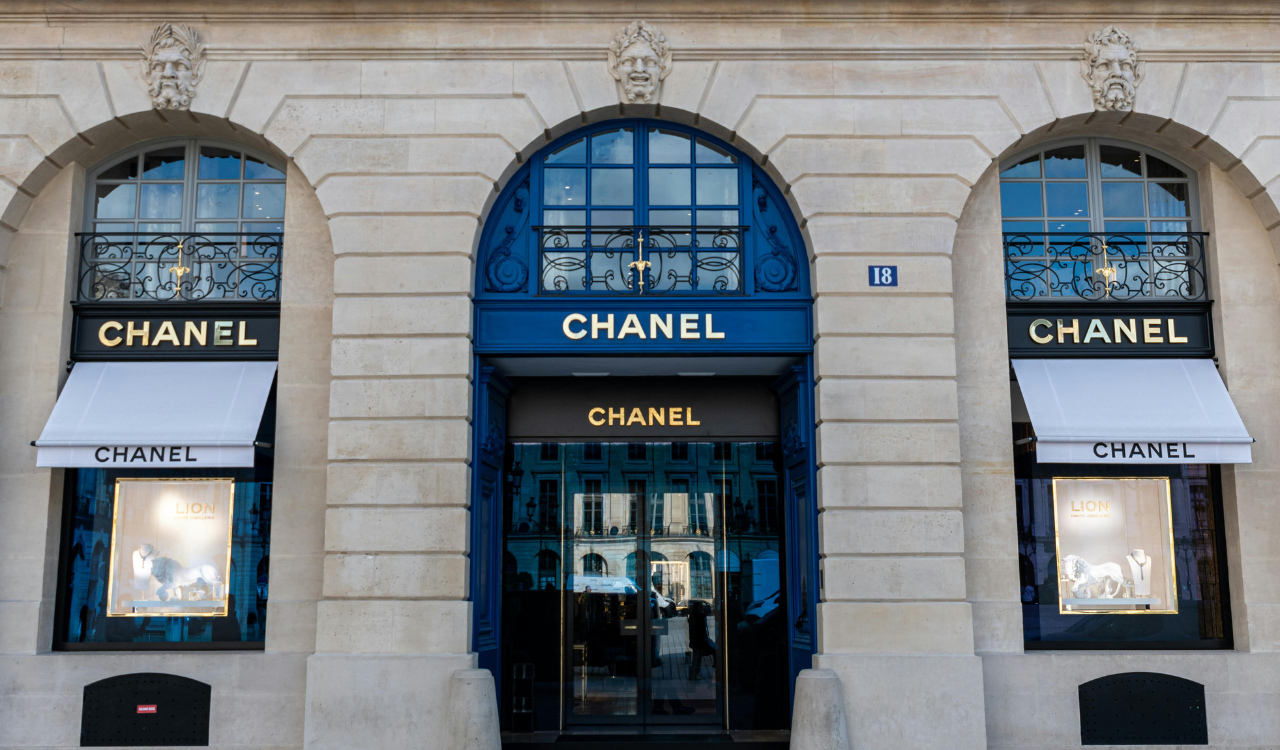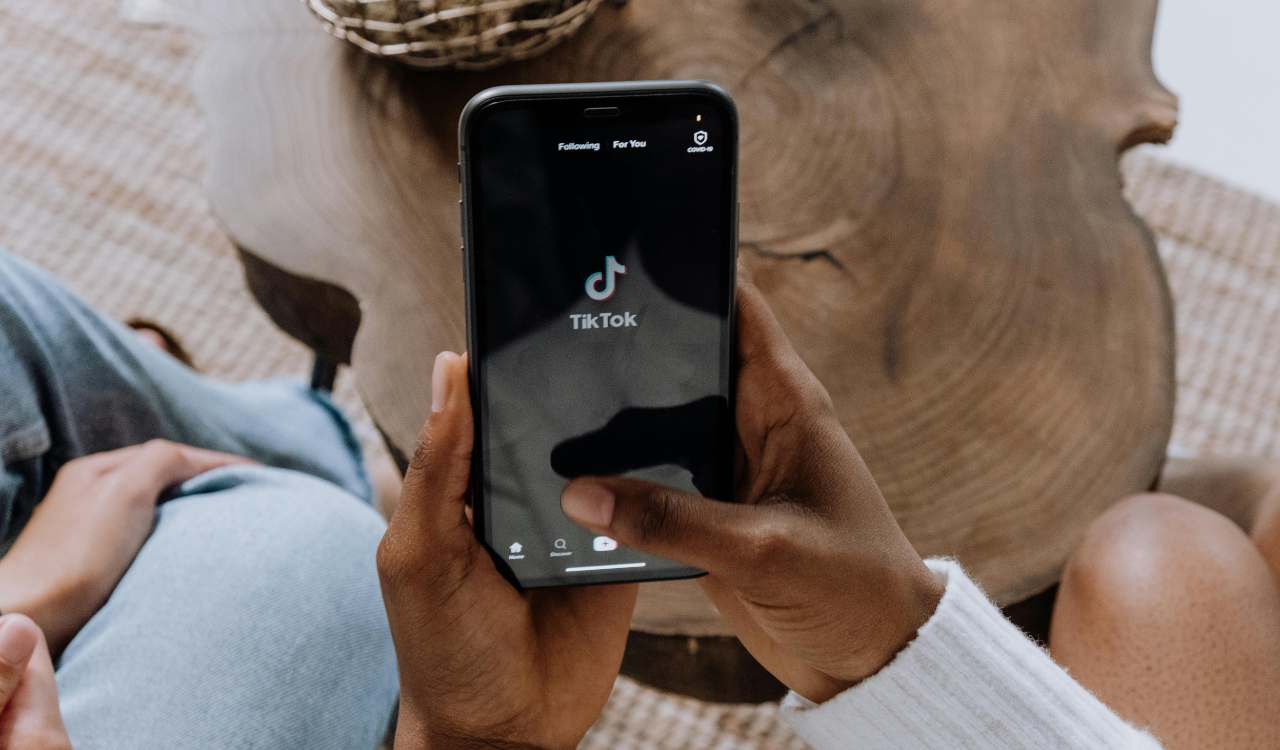What\’s behind all the empty storefronts in New York City? Faith Hope Consolo, head of retail leasing for Douglas Elliman Real Estate, told the New York Times, \”When you walk the streets, you see vacancies on every block in all five boroughs, rich or poor areas – even on Madison Avenue, where you used to have to fight to get space,\” and added this is \”the most challenging retail landscape in my 25 years in real estate.\”
A recent survey by her firm found there is about a 20 percent retail availability rate in Manhattan, up from only 7 percent two short years ago.
The Atlantic\’s Derek Thompson dug into the reasons behind why New York City becoming a \”rich ghost town,\” and attributed it largely to soaring retail rents, finding that in prime retail locations rents have risen 89 percent from 2010 to 2014, according to CBRE Group, a real-estate and investment firm, while retail sales only grew 32 percent.
This retail blackout is happening not just to small businesses and neighborhood bodegas, but along luxury thoroughfares as well. Matthew Bauer, the president of the Madison Avenue Business Improvement District was quoted by the New York Post in January saying, \”There is an 8.5 percent vacancy rate, which is more than we want.\”
But surely in this home of one of the nation\’s most concentrated home, luxury retailers can afford sky-high rents, even if small businesses can\’t. Sensing a bigger trend emerging, I reached out to a network of luxury retail experts to get the lay of the land of luxury retail market in Manhattan.
Neighborhood Change Is a Constant
\”Retail in New York is constantly changing,\” says Jeff Carvalho, managing director for North America at Highsnobiety, a downtown media company that focuses on forward-thinking, young affluent men\’s lifestyles. \”It is transient. You have to move around and always refresh and think of a new way of approaching things. Keeping your store for the long term is an older, outmoded model.\”
A major change coming to NYC\’s luxury landscape will be the opening next year of Nordstrom\’s women\’s store at 57th Street and Broadway, to join its men\’s store across the street, and downtown the opening of Hudson Yards spanning 10th and 12th Avenues from West 30th to West 34th Streets, which will be home to the first Neiman Marcus store in New York.
But things have shifted from the time not so long ago when retailers and developers were hatching plans to launch in the Big Apple. Today, prospects for success don\’t look so bright. \”Luxury customers, most especially young luxury customers, are shopping less in shopping centers. Shopping centers are seen as more \’commercial,\’ and they want something more individualize and a more personalized experience,\” says Martin Shanker of Shanker Inc., who founded his sales and leadership training company more than 20 years ago after a career with Macy\’s and counts many of the major luxury brands as clients.
Where they want to shop is increasingly downtown, not uptown where there is a growing sense of stagnation and lethargy. \”The recent domino chain of store closings and proliferation of \’for rent\’ signs on Madison and Fifth Avenues calls on luxury brands to reinvent themselves with the utmost creativity and passion in ways yet to be imagined. The best luxury brands are seriously rethinking this challenge,\” says Greg Furman, founder and chairman of the Luxury Marketing Council.
Increasingly those luxury brands are finding inspiration for their reinvention downtown.
Tear Down the Temples to Luxury
There is a vibrancy downtown that uptown lacks. Massimiliano Di Battista, CEO of Management + Artists that represents artists and producers in photography, creative direction, styling and beauty, describes uptown as boring. \”Consumers are bored by traditional stores and do not feel the connection to big uptown stores that they perceive as catering to an older generation and excessive consumerism,\” he shares.
Mortimer Singer, president and chief executive of Marvin Traub Associates, a business development and strategic consultancy firm, puts it more tersely. \”These [uptown] stores are monoliths or temples to luxury. They are sterile. I don\’t feel attracted to walk in because while they look beautiful on the outside, there is no impulse or curiosity or cultural convergence that cries, \’Wow! Look at this.\’\”
Uptown stores have become luxury institutions and going into them makes a shopper feel institutionalized, as Ken Nisch, chairman of JGA, a retail design firm, sees it. Downtown luxury doesn\’t have any of those connotations.
\”If you look at Madison Avenue, the story has already been written. Everything is looking backward not forward. Downtown, the story isn\’t written yet and you can become part of its becoming,\” he says, adding, \”Walk up Madison Avenue and you know what is on the next block. Walk downtown and you don\’t know what is around the next corner.\”
Exclusive Luxury Uptown, Elusive Luxury Downtown
Those uptown temples, institutions and hallowed halls of luxury stand in stark contrast to the openness and welcoming atmosphere found downtown. Uptown is all locked up. Downtown opens the door.
\”We talk a lot about freedom, in the way we look at luxury accessibility,\” Highsnobiety\’s Carvalho says. \”Uptown is a closed-door environment. Their doors are locked. But we live in a multi-cultural world which wants to be accepted. People don\’t want the traditional sterile view of luxury,\” and adds, \”How luxury is defined is a question that people will argue about forever.\”
Rather than defining luxury by exclusivity, elitism and class as uptown brands do, downtown luxury is more elusive, less quantifiable and more open to rapidly evolving interpretations.
\”If they want to reach the \’new luxury\’ consumer and the level of exclusivity that brands such as Dior, Gucci and Louis Vuitton offer, they will need to focus on issues bigger than fashion, toward ideas that define lifestyle and purpose,\” explains Jared Tomlinson, executive creative director at Standard Black, a creative agency.
\”The brands that are defining a \’new luxury\’ aren\’t doing so by trying to fit \’luxury\’ in a traditional sense. They\’re challenging the mindset and the perception of the category,\” he continues.
Gucci is a prime example of a heritage luxury brand that has broken out of traditional luxury\’s chains. \”Brands have to adapt to the neighborhoods where luxury goes,\” says JGA\’s Nisch. \”The Gucci store downtown in SoHo could never live on Madison Avenue. It is too provocative, too in-your-face. If it were uptown, people would be saying, \’There goes the neighborhood.\’\”
\”The new Wooster St. Gucci store is phenomenal and unlike any Gucci store in the world. It is more like an event or a club that Gucci is putting on than a store. People want to be part of that,\” Nisch continues.
Hospitality Meets Retail Downtown
Traub\’s Singer believes that luxury retail needs to borrow ideas from hotels to elevate the store from just another place to buy stuff. \”We need to see a convergence between retail and hospitality, where brands create buzz with their own creativity and use art, music, design and culture as a cocktail medley of impulses that transform their spaces. Every brand needs a \’programmer-in-chief\’ like hotels groups have a head of programming,\” he says.
Singer points to SBE Hotel Group as having successfully combined hospitality with retail through partnerships with Evian, Lincoln Motor Cars and Maria Sharapova\’s candy brand, Sugarpova. There guests can \”create their own experience in the hotel then buy the products or test drive the car. You are shopping a lifestyle and living it. That is what the luxury brands need to think about,\” he advises.
\”Hospitality retail acts like a concierge for their customers, not just trying to sell them clothes, but bring them into the life of the brand,\” Singer continues.
Downtown is where hospitality and retail are more likely to meet. \”On Madison Avenue you have to be invited into the club, because it is more exclusive. Downtown you get to make the club or find the club or the club starts because you are there,\” Nisch explains.
To achieve this convergence of hospitality and retail, Singer believes luxury brands need to use content and experiences to drive commerce, like \”Having a celebration every week in the store so people will talk and come to discover something different every week,\” he says, pointing to Alice + Olivia as having nailed that.
\”They have trained people to be there at noon every Friday for the new drop because they didn\’t make much of the product and people won\’t find much left if they don\’t come,\” he continues.
Taking It to the Street
The biggest challenge and opportunity for luxury retail is taking it to the street, as in streetwear and street life. \”Today what is happening on the street level is now influencing what is happening on the runway,\” Highsnobiety\’s Carvalho says, which is the opposite of how traditional luxury brands have thought and operated.
Some heritage brands, like Burberry, Dior, Gucci and Louis Vuitton, are catching on by bringing in designers and artistic directors from the street world. Drawing parallels to rock \’n roll, Carvalho says, \”Designers, creative and artistic designers within luxury brands are the new rock stars and the brands are the new bands.\”
Commenting on the up-and-coming designers and creatives with a streetwear background, Standard Black\’s Tomlinson says, \”It shows these established luxury houses are continuing to evolve with their customers. These brands are showing what they are all about and saying, \’this is who we are,\’ not telling people how they should think.\”
As much as I believe uptown luxury retail will go on and have a continued place in the fabric of New York City, I think, and my luxury colleagues largely agree, the new life, the new look and the new experience of luxury is happening downtown.
On luxury retail, Shanker says, \”Today is one of the most exciting times for NYC retail.\” Traub\’s Singer agrees, \”I am very bullish about retail. It is a creative industry.\” And downtown is where that creativity flows most freely.
\”To keep retail relevant, luxury retail has to be innovative,\” says Ruth Bernstein, CEO and co-founder of Yard NYC, a creative agency named AdAge\’s Small Agency of the Year award winner in 2018. \”That\’s why ten years ago John Varvatos opened a boutique in the old CBGB\’s space. It\’s become a place for shopping and concerts.\”
In other words, uptown luxury brands play classical music, with great virtuosity but melodies heard before. Downtown luxury is rock \’n roll. For uptown luxury Chuck Berry has sage advice, \”Roll Over Beethoven,\” and sing along with The Who, \”Long live rock!\”





